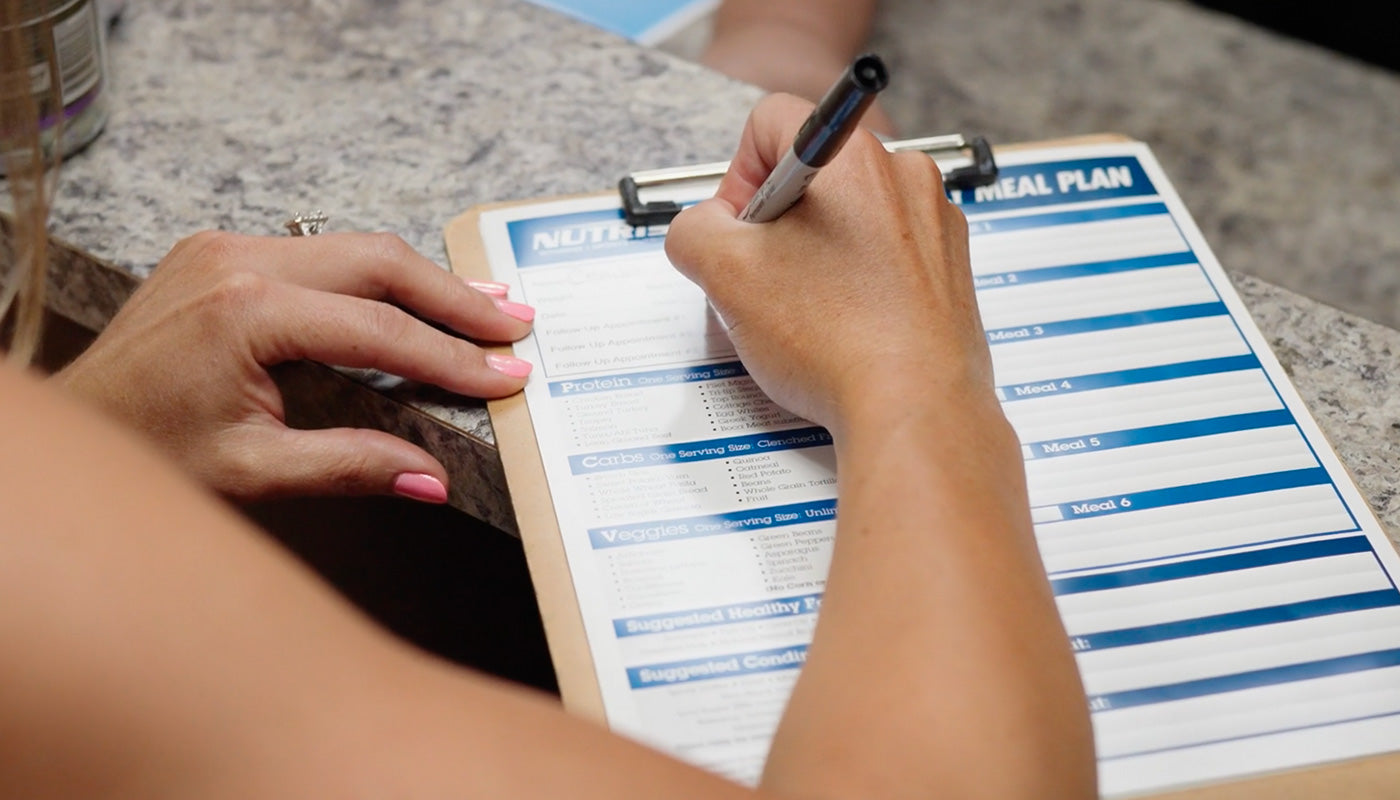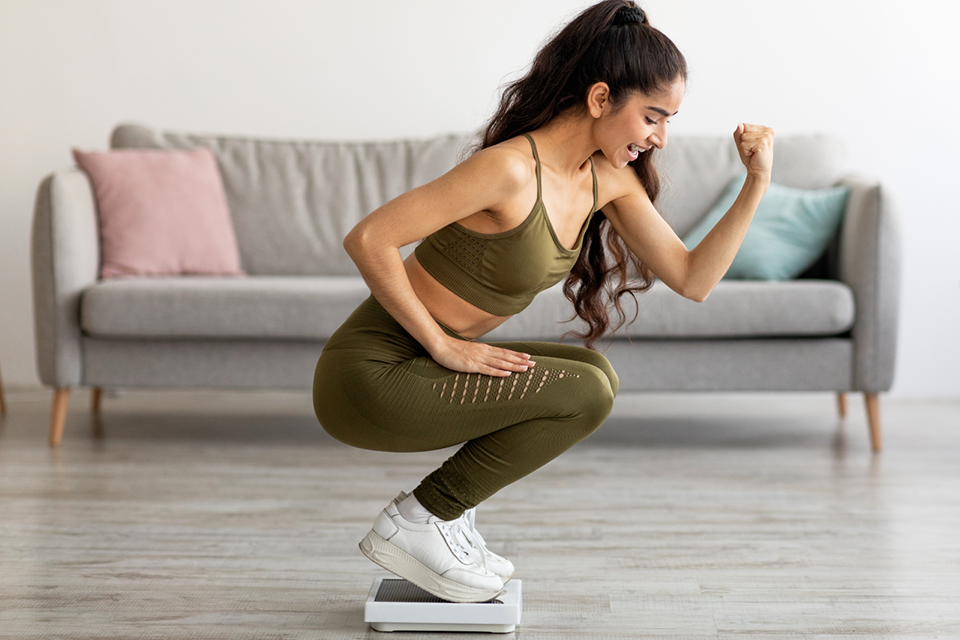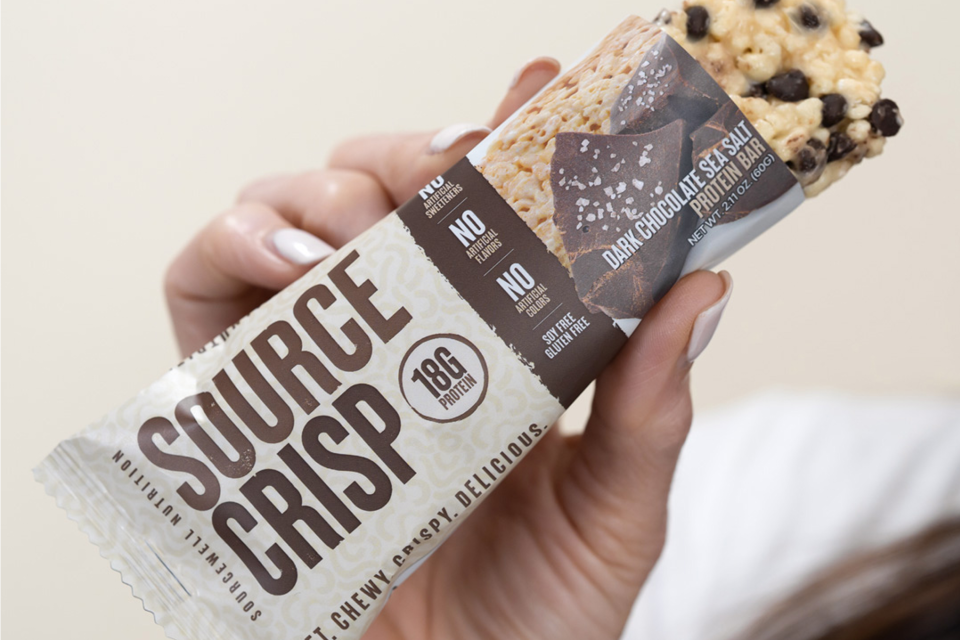Unlike traditional workout routines that isolate specific muscle groups or focus solely on aesthetics, functional fitness training incorporates movements that mimic activities of daily living. These exercises often involve multiple muscle groups and joints, simulating real-world movements like pushing, pulling, lifting, twisting, bending, and squatting. The focus is on developing strength, endurance, flexibility, coordination, balance, and agility that directly translate to real-life functional movements.
Functional fitness workouts typically involve a combination of bodyweight exercises, resistance training using equipment like kettlebells, dumbbells, medicine balls, resistance bands, and functional training apparatus such as suspension trainers or agility ladders. The exercises can be adapted to accommodate different fitness levels and can be modified to target specific goals or address individual limitations or injuries.
Why is Functional Fitness So Popular?
Functional fitness has its roots in functional training used by athletes and physical therapists for many years. However, it started to gain mainstream attention and popularity as a fitness trend in the late 2000s and early 2010s when people began prioritizing the ability to perform everyday tasks with ease, improve athletic performance, and prevent injuries.
Additionally, the emergence of CrossFit, a popular functional fitness program founded in 2000, played a significant role in popularizing functional fitness. CrossFit incorporated functional movements, high-intensity workouts, and a community-based approach, attracting a wide range of individuals looking for a more dynamic and functional approach to fitness.
Since then, functional fitness has continued to grow in popularity and has become an integral part of many fitness programs, training methodologies, and gym routines. Its emphasis on practical, whole-body movements and its effectiveness in improving overall physical fitness have contributed to its enduring trend status in the fitness industry.
Below are two functional fitness workouts. The second is more advanced than the first.
Beginner Workout #1
Warm-up:
- Jog in place or brisk walk for 5 minutes to increase heart rate and warm up the body.
- Perform dynamic stretches, such as arm circles, leg swings, walking lunges, and shoulder rotations, to mobilize joints and loosen up muscles.
Workout:
- Bodyweight Squats: Stand with feet shoulder-width apart, squat down by bending your knees and pushing your hips back, then return to a standing position. Do 3 sets of 10-12 repetitions.
- Push-ups: Start in a high plank position with hands slightly wider than shoulder-width apart. Lower your chest toward the ground by bending your elbows, then push back up to the starting position. Do 3 sets of 8-10 repetitions.
- Step-ups: Find a stable elevated surface (like a step or sturdy box). Step onto the surface with one foot, pushing through your heel, and bring the opposite knee up. Step back down and repeat with the other leg. Do 3 sets of 10-12 repetitions per leg.
- Plank: Start in a high plank position with your hands directly under your shoulders and your body in a straight line from head to heels. Hold this position for 30-60 seconds, focusing on engaging your core muscles and maintaining proper form. Repeat for 3 sets.
- Bent-over Rows: Stand with your feet hip-width apart, hinge forward from the hips while keeping your back straight, and hold a dumbbell or any weighted object in each hand. Pull the weights up toward your chest by squeezing your shoulder blades together, then slowly lower them back down. Do 3 sets of 10-12 repetitions.
- Mountain Climbers: Start in a high plank position, engage your core, and bring one knee toward your chest. Quickly switch legs, alternating the movement as if running in place while maintaining a strong plank position. Do 3 sets of 20-30 seconds.
Cooldown: Finish the workout with a cooldown to gradually lower your heart rate and stretch your muscles. Perform static stretches, holding each stretch for 20-30 seconds, focusing on major muscle groups like the quadriceps, hamstrings, chest, shoulders, and back.
Next-Level Workout #2
Dynamic Warm-up: Perform exercises like high knees, butt kicks, walking lunges, leg swings, arm circles, and skipping to increase heart rate, mobilize joints, and activate muscles.
Workout:
- Squat Jumps: Start in a squat position, then explosively jump up, reaching for the ceiling, and land softly back into the squat position. Do 3 sets of 8-10 repetitions.
- Medicine Ball Slams: Hold a medicine ball overhead, then forcefully slam it onto the ground, squatting down to catch the ball on the bounce. Repeat the movement with speed and power. Do 3 sets of 8-10 repetitions.
- Lateral Plyometric Box Jumps: Stand beside a plyometric box, then explosively jump laterally onto the box, landing softly. Step down and repeat on the other side. Perform 3 sets of 6-8 repetitions per side.
- Agility Ladder Drills: Set up an agility ladder on the ground and perform various ladder drills, such as ladder hops, lateral shuffles, high knees, and quick feet drills. Do each drill for 30-60 seconds, repeating for 3 sets.
- Single-Leg Romanian Deadlifts: Hold a dumbbell or kettlebell in one hand, hinge forward at the hips while lifting one leg straight behind you, and lower the weight towards the ground. Keep your back straight and engage your glutes and hamstrings. Do 3 sets of 8-10 repetitions per leg.
- Battle Ropes: Stand with feet shoulder-width apart, hold onto the ends of battle ropes, and perform waves, slams, or alternating waves for an intense upper body and cardio workout. Do each exercise for 30-60 seconds, repeating for 3 sets.
Cooldown: Finish the workout with a cooldown that includes light jogging or walking to gradually lower heart rate, followed by static stretching to improve flexibility and aid in recovery. Focus on stretching major muscle groups used during the workout, holding each stretch for 20-30 seconds.








